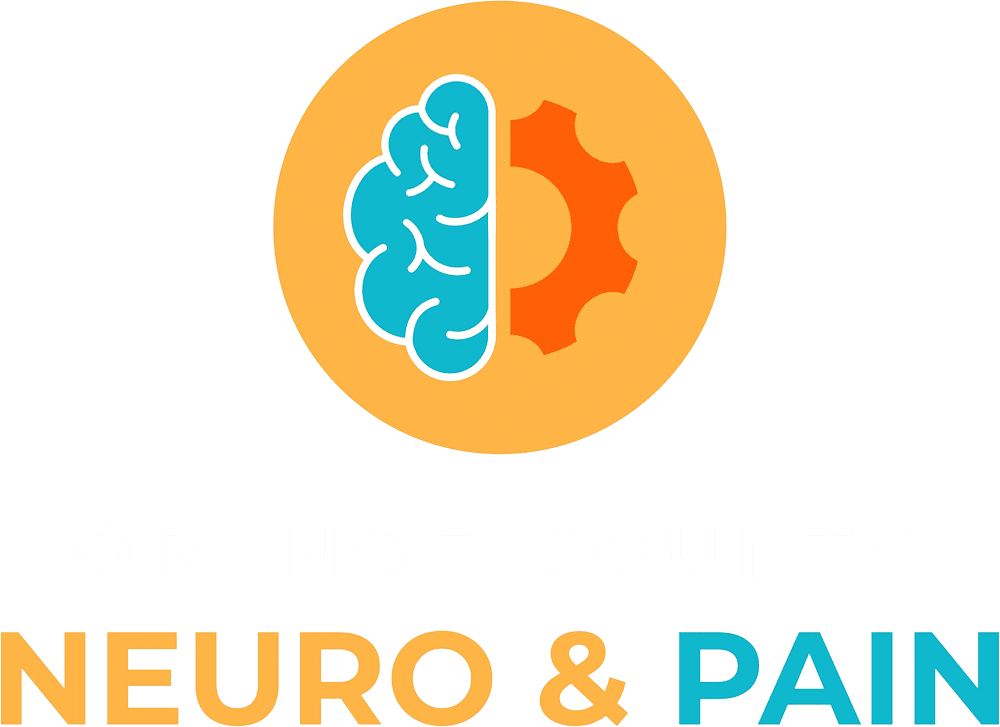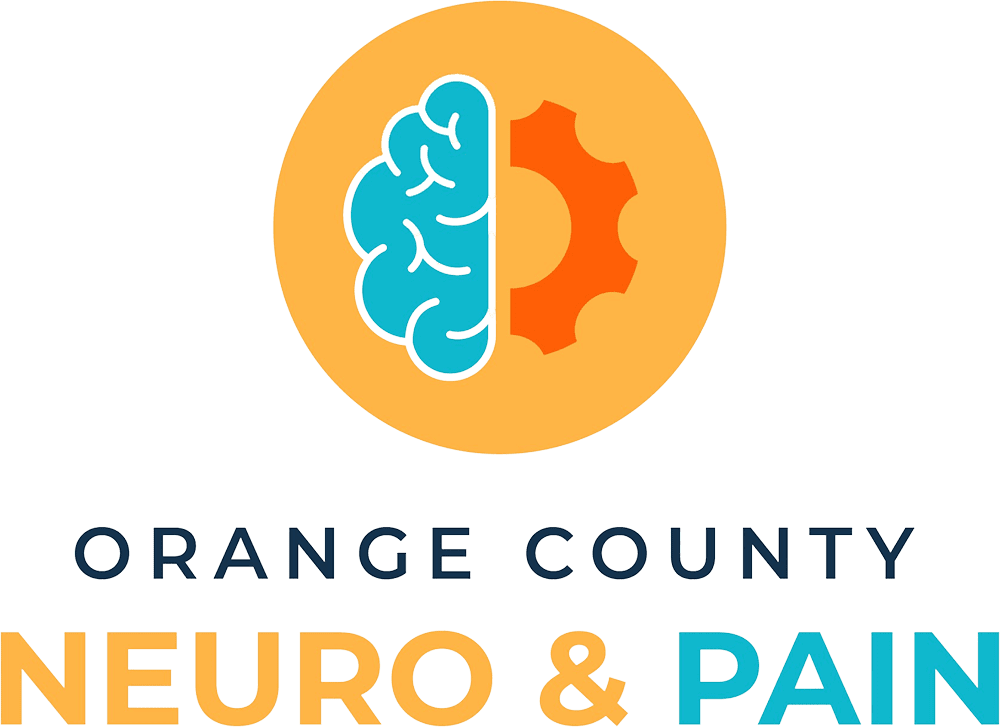

Radiofrequency Ablation (RFA) is an innovative and highly effective pain treatment that can provide relief to individuals suffering from chronic pain.
Pain is a common problem that affects millions of people worldwide, and it can be caused by a variety of conditions such as arthritis, nerve damage, and herniated discs, among others. While traditional pain management approaches such as medication and physical therapy can be helpful, they may not always provide long-term relief.
This is where RFA comes in. Radiofrequency ablation is a minimally invasive procedure that uses electrical energy to target and destroy the nerves responsible for transmitting pain signals. By interrupting these signals, RFA can provide significant pain relief that lasts for several months to a year.
How Does RFA Work?
The procedure involves inserting a thin, insulated needle into the targeted area under the guidance of imaging technology such as fluoroscopy or ultrasound. Once the needle is in place, a small electrical current is passed through it to create heat that damages the nerve tissue.
The procedure is typically performed under local anesthesia, and patients are usually able to resume their normal activities within a few days. In fact, many patients report feeling immediate pain relief after the procedure.

When RFA is Used
RFA can be used to treat a variety of conditions that cause chronic pain, including:
- Back pain: RFA can be used to treat pain caused by degenerative disc disease, facet joint pain, and sacroiliac joint pain.
- Neck pain: RFA can be used to treat pain caused by cervical facet joint pain and whiplash injuries.
- Joint pain: RFA can be used to treat pain caused by arthritis in the knee, hip, and shoulder joints.
Benefits of RFA
One of the benefits of RFA is that it is a minimally invasive procedure that does not require a surgical incision. This means that there is less risk of complications, and patients can typically return to their normal activities within a few days.
RFA is also a highly targeted procedure, which means that it can provide pain relief without affecting the surrounding tissues or nerves. This is particularly beneficial for patients who may not be good candidates for surgery due to other health conditions.
Another advantage of RFA is that it can provide long-term pain relief. While the duration of pain relief can vary from patient to patient, many individuals report significant pain reduction for up to a year or more.
Considerations
Of course, as with any medical procedure, there are some risks associated with RFA. These may include bleeding, infection, and nerve damage, although these risks are generally low.
It is important to note that RFA may not be suitable for everyone. Individuals who have pacemakers or other implanted medical devices, or who are taking blood thinners, may not be good candidates for the procedure. Additionally, RFA may not be effective for all types of pain.
If you are considering RFA as a treatment option, it is important to consult with a qualified pain specialist who can evaluate your condition and determine if RFA is right for you.


